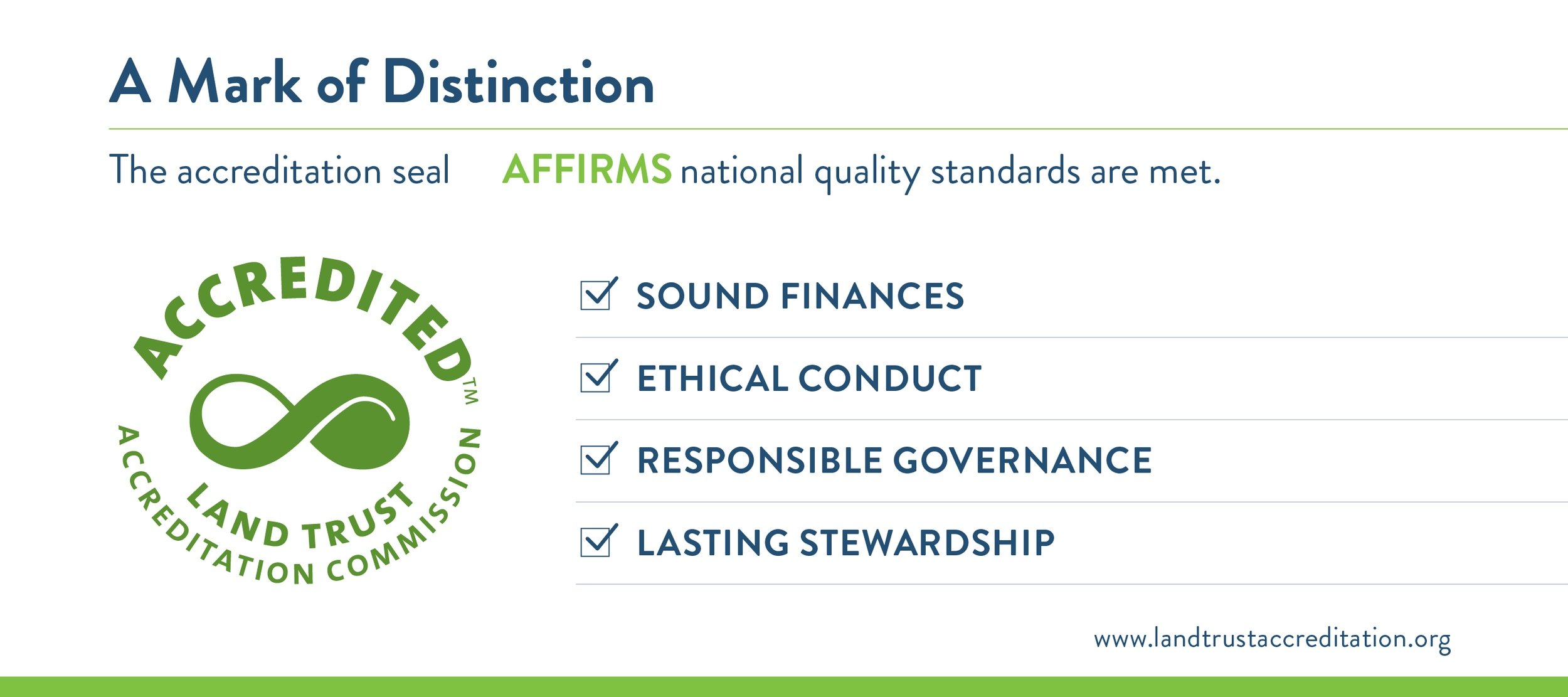Haiku is a Japanese poetry form. A haiku uses just a few words to capture a moment and create a picture in the reader’s mind. It is like a tiny window into a scene much larger than itself. Traditionally, haiku is written in three lines, with five syllables in the first line, seven syllables in the second line, and five syllables in the third line. Traditionally haiku were about nature or the seasons. Haiku poems do not rhyme.
Line 1: 5 syllables The last winter leaves
Line 2: 7 syllables Clinging to the black branches
Line 3: 5 syllables Explode into birds.
A division, somewhere in the poem, focuses first on one thing then on another. The relationship between these two parts is sometimes surprising.
Instead of saying how a scene makes him or her feel, the poet shows the details that caused that emotion.
Below are some ideas for writing haiku.
For an idea you can use a picture, look out the window or remember some experience in nature. Describe what you see. Try to “zoom in” on a small detail that contains the feeling of the larger scene.
Write two lines about something beautiful in nature. Do not worry about counting syllables yet. Write a third line that is a complete surprise, that is about something completely different from the first two lines. Look at the three lines together. Does the combination of these two seemingly unrelated parts suggest any surprising relationships? Does it give you any interesting ideas?
Now rewrite the poem, using the 5-syllable, 7-syllable, 5-syllable format and experimenting with the new ideas or perspectives that have occurred to you

